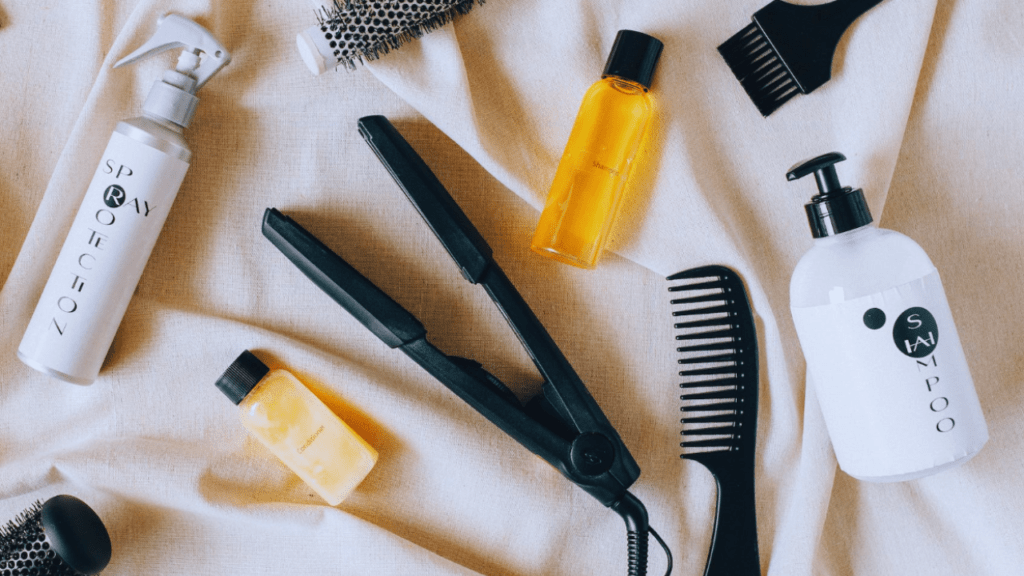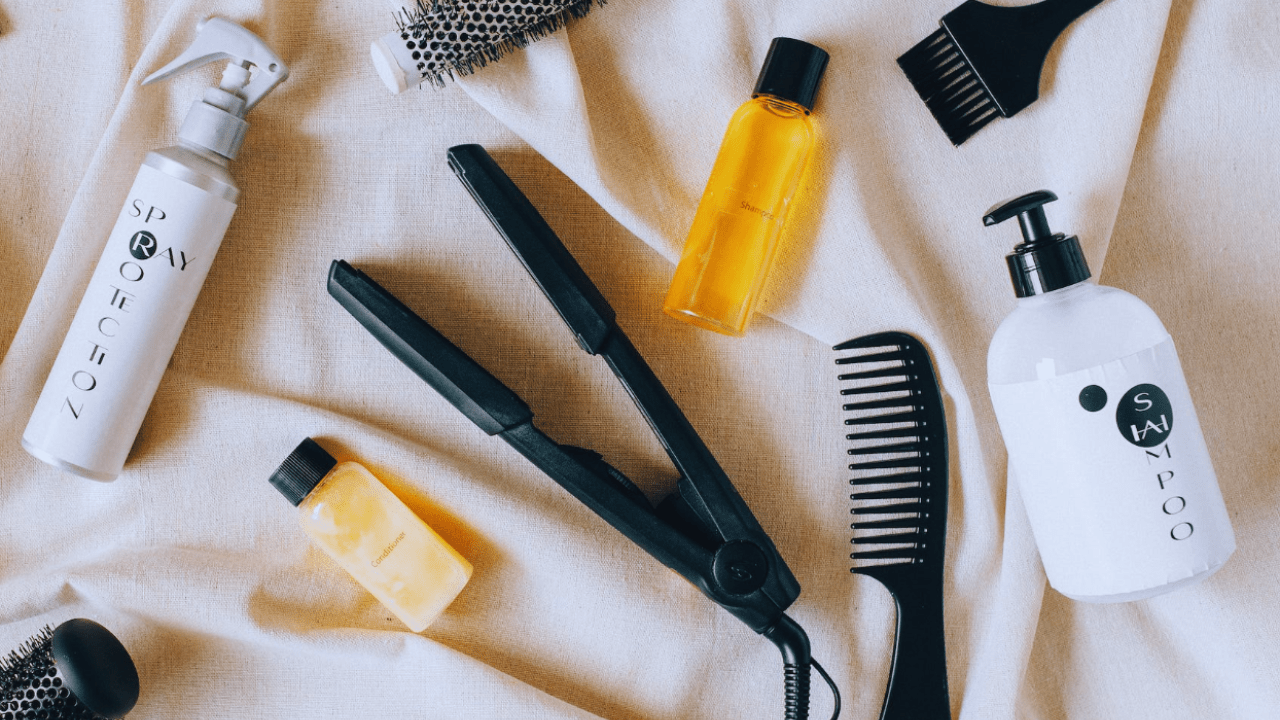Understanding my hair has been a beautiful and ongoing journey of self-discovery and self-acceptance. It’s more than just caring for my hair; it’s about appreciating my unique identity and confidently expressing myself. This journey has not only improved the health and appearance of my hair but has also been a crucial part of my overall self-confidence and personal growth.
Here’s how I’ve come to understand my hair and why this journey is essential to my self-confidence and self-expression.

Embracing My Hair Type:
The first step in understanding my hair was identifying its type. Whether it’s straight, wavy, curly, or coily, knowing the natural texture laid the foundation for proper care and styling.
2. Experimenting with Styles:
Trying different hairstyles allowed me to explore the versatility of my hair. From sleek straight looks to bouncy curls and protective styles, experimenting helped me uncover my preferences and find what made me feel most confidence.
Accepting the Unpredictability:
Hair can have a mind of its own, and I’ve learned to accept and even appreciate the unpredictability. It’s part of the beauty of having natural hair, and it keeps things interesting.
4. Discovering the Right Products:
Finding the right products for my hair type was a game-changer. Understanding what ingredients work best for my hair, such as moisture-rich products for curls or lightweight formulas for straight hair, has improved the health and appearance of my locks.
Learning to Listen to My Hair:
My hair often communicates its needs. When it’s dry, it needs more hydration. When it’s frizzy, it might require more attention during humid weather. Listening to these cues and adjusting my hair care routine accordingly has been crucial.
6. Patience and Consistency:
Achieving and maintaining healthy hair takes time and consistency. I’ve learned that nurturing my hair is a long-term commitment, and the results are worth the effort.

1. Know Your Hair Type:
Understanding your hair type is crucial for tailoring an effective hair care routine. Here are the main hair types:
- Straight Hair:
- Hair strands that lie flat and lack significant wave or curl.
- Often tends to be oily at the roots.
- Straight hair lacks natural curls or waves. It tends to be smooth and may appear fine or coarse, depending on individual variations.
- Wavy Hair:
- Hair that forms gentle waves and has a bit of volume.
- Falls between straight and curly hair in terms of texture.
- Wavy hair has loose, gentle curls or waves. It’s often thicker than straight hair but not as curly as curly or coiled hair.
- Curly Hair:
- Hair with defined curls or spirals.
- Can range from loose to tight curls.
- Curly hair has distinct, well-defined curls. It can range from loose to tight curls and is often prone to frizz.
- Coily Hair:
- Tightly curled or kinked hair that may appear densely packed.
- Requires extra care to maintain moisture and prevent breakage.
- This type of hair is characterised by tightly coiled or kinky curls. It may appear thick and can be prone to dryness.
- Personalising My Routine:
- No one-size-fits-all approach works for hair care. I’ve personalized my routine to suit my unique needs, which may include specific washing schedules, deep conditioning, or protective styling.
- . Confidence in Natural Beauty:
- Understanding my hair has given me confidence in my natural beauty. I’ve come to love my hair’s quirks and individuality, and I’m proud to embrace what makes me unique.
- Self-Expression:
- My hair is an integral part of my self-expression. It allows me to convey my mood, style, and personality. I’ve used my hair to reflect who I am and how I want to be perceived.
2. Understanding Common Hair Concerns:
Understanding common hair concerns allows you to address them effectively. Here are some prevalent issues and tips to manage them:
- Dryness and Frizz:
- Causes: Lack of moisture, harsh weather, excessive washing.
- Tips: Deep condition regularly, avoid over-washing, use anti-frizz products.
- Split Ends:
- Causes: Overstyling, excessive heat, lack of trimming.
- Tips: Trim hair regularly, protect from heat, avoid harsh chemicals.
- Thinning Hair:
- Causes: Age, genetics, poor nutrition, excessive styling.
- Tips: Maintain a healthy diet, avoid tight hairstyles, use volumising products.
- Hydration: Dry hair needs regular hydration to prevent breakage and frizz, while oily hair may require less moisture.
- Cleansing: How often you need to wash your hair depends on your hair type and lifestyle. Frequent washing can strip natural oils, while infrequent washing can lead to oil buildup.
- Styling and Products: Choose hair products that suit your hair type and specific needs. Avoid products with harsh chemicals or ingredients that can cause damage or irritation
- our lifestyle, such as exposure to sun, pollution, and swimming, can impact your hair’s health. Protect your hair accordingly.
- Heat styling and chemical treatments can damage hair. Use heat protectants and be mindful of excessive styling.
7. Hair Goals:
- Determine your hair goals, whether it’s promoting hair growth, minimising frizz, or achieving a specific style. Your routine should align with these goals.

Understanding your hair type, texture, and specific needs is the first step in developing a customised hair care routine. Experiment with different products and techniques to find what works best for your hair. Regular maintenance and proper care will help you achieve and maintain healthy, beautiful hair. I know with me I always keep my hair nice an healthy an regular hair cut to prevent split ends which I tend to get mostly all the time.
Understanding your hair type and specific concerns will guide you in choosing the right hair care products and creating a personalised routine for healthier, more vibrant hair.


Leave a Reply